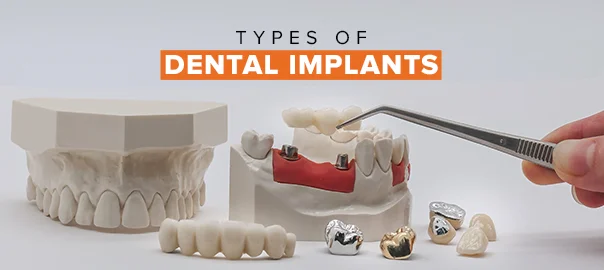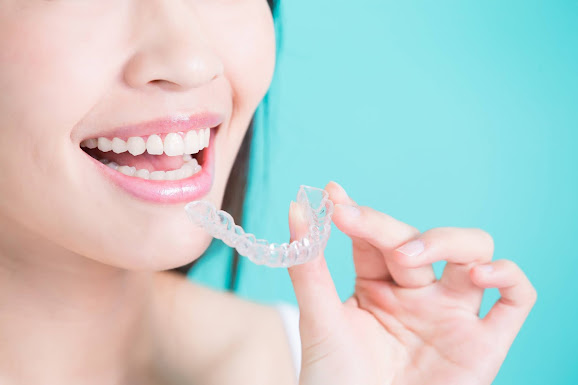 |
Understanding the Different Types of Dental Implants:
1. Endosteal Implants: These are the most commonly used dental implants, directly inserted into the jawbone. Typically made of titanium, they provide a sturdy base for mounting individual or multiple artificial teeth.
2. Subperiosteal Implants: Unlike endosteal implants, subperiosteal implants are placed on top of the jawbone but beneath the gum line. These are recommended for patients with minimal bone height or those unable to undergo procedures for bone augmentation.
3. Zygomatic Implants: Utilized in cases where there's insufficient jawbone for traditional implants, zygomatic implants are anchored in the cheekbone (zygomatic bone). This alternative approach bypasses the need for bone grafting.
4. All-on-4 Implants: This revolutionary technique enables the attachment of an entire arch of teeth using only four implants. It's a game-changer for those seeking a full set of teeth without the complexity of individual implant placements.
5. Mini Dental Implants: Smaller in size compared to traditional implants, these are used to stabilize dentures, especially in cases where there's limited space or bone density.
Applications and Uses in Grande Prairie:
For residents seeking dental implant in Grande Prairie, the varied options offer tailored approaches to diverse dental issues:
1. Single Tooth Replacement: Whether it's due to injury or decay, a single missing tooth can be seamlessly replaced using endosteal or subperiosteal implants, restoring both function and aesthetics.
2. Multiple Teeth Replacement: Individuals missing several teeth can benefit from implant-supported bridges or All-on-4 implants, eliminating gaps and restoring a natural-looking smile.
3. Full Mouth Restoration: Complete tooth loss can be daunting, but with zygomatic implants or All-on-4 techniques, patients regain the ability to eat, speak, and smile confidently.
4. Stabilizing Dentures: Mini dental implants play a pivotal role in stabilizing dentures, providing enhanced comfort and functionality for denture wearers.
In Grande Prairie, accessing these innovative dental implant options is facilitated by skilled dentists specializing in implantology. These professionals meticulously evaluate individual cases, offering personalized solutions that cater to specific needs and preferences.
Concluding Thoughts:
Dental implants, with their diverse types and versatile applications, have revolutionized modern dentist in Grande Prairie, individuals seeking to restore their smiles and oral functionality have a spectrum of options available. From single tooth replacements to full mouth restorations, the expertise of local dentists combined with these advanced implant technologies ensures a brighter, more confident future for dental patients in the region.
For anyone considering dental implants in Grande Prairie, consulting with experienced dentists near you is the first step toward a transformed smile and improved quality of life.
Address: 10014 102 Ave Unit 201, Grande Prairie, AB T8V 0Z7, Canada







